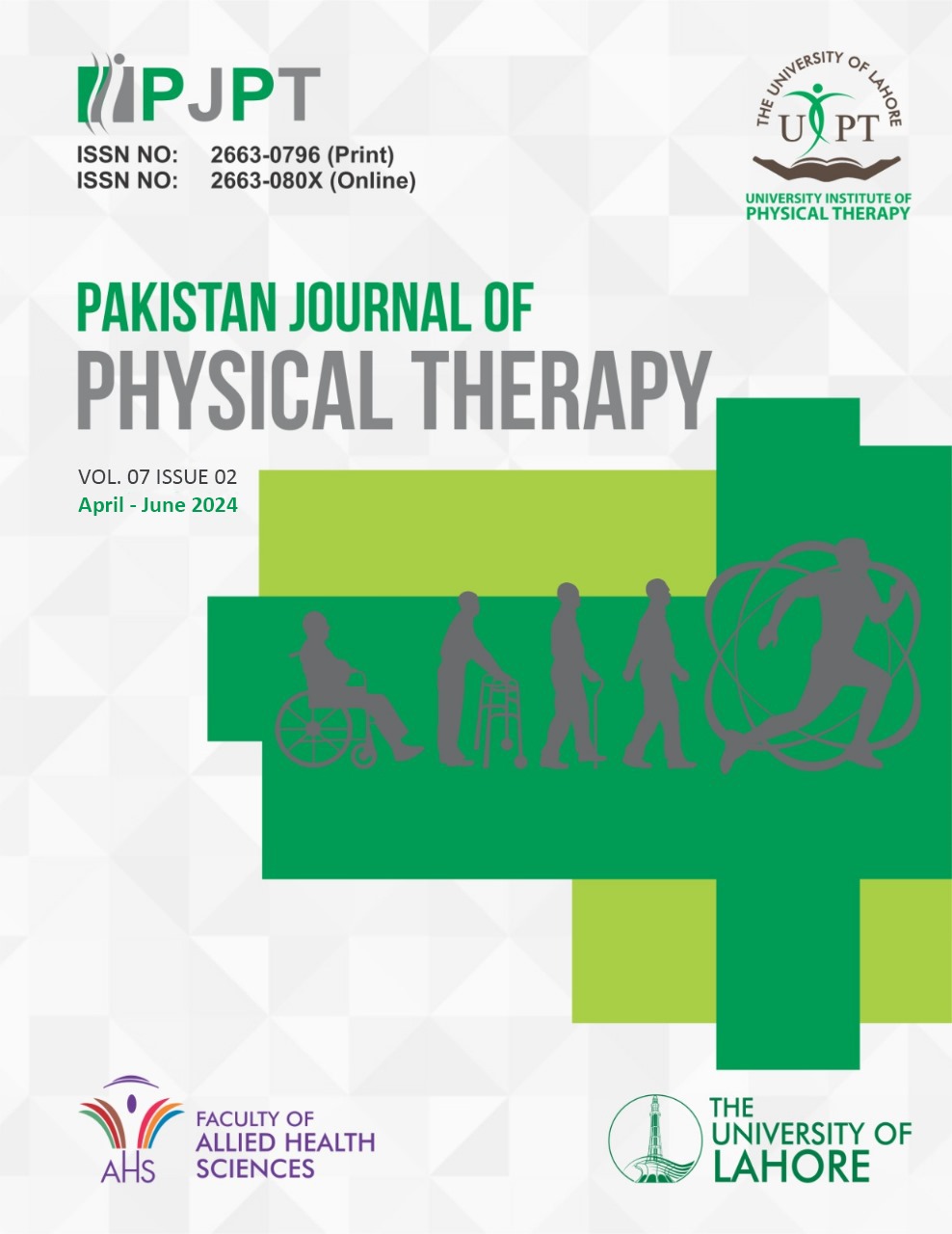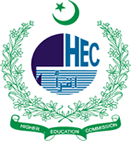COMPARATIVE EFFECT OF GRASTON TECHNIQUE AND PETRISSAGE TECHNIQUE ON TIGHT TRAPEZIUS MUSCLES IN YOUNG ADULT
Abstract
Neck pain ranked as the fourth most incapacitating disorder in terms of the number of years spent living with a handicap. Objective: This study presented a design to evaluate the efficacy of two specific massage techniques, namely the Graston Technique and Petrissage Technique, in addressing trapezius muscular stiffness in young adults. Methods: A single-blinded, randomised, controlled experiment was conducted on 46 individuals with trapezius muscular tightness, with an equal distribution of participants in the two groups. Patients in group A received conventional physiotherapy combined with the Graston Technique, whereas patients in group B received conventional physiotherapy combined with Petrissage. The Neck impairment Index (NDI) was utilised to measure the extent of neck impairment among the subjects. Patients and healthy controls were selected from Faqraj Sharif Hospital and Orian ABA, Pakistan. Results: Both groups demonstrated significant improvements in NPRS and NDI scores over the study period. Group A showed a reduction in mean NPRS from 6.8 ± 1.3 to 3.3 ± 1.0 and NDI from 25.3 ± 5.2 to 19.4 ± 4.6. Group B's mean NPRS decreased from 7.2 ± 1.1 to 4.7 ± 0.9 and NDI from 26.7 ± 4.8 to 21.0 ± 4.2. Comparative analysis indicated that Group A experienced more substantial reductions in pain and disability than Group B. Conclusion: This study's findings indicated that the Graston Technique significantly reduced pain and disability levels in young adults with trapezius muscle tightness. Hence, it may be beneficial to apply it further when treating trapezius muscle stiffness.
Keywords: Graston technique, Neck spasm, Neck pain, Petrissage massage, Trapezius tightness, Young adults
Additional Files
Published
How to Cite
Issue
Section
License
Copyright (c) 2024 Pakistan Journal of Physical Therapy (PJPT)

This work is licensed under a Creative Commons Attribution 4.0 International License.



